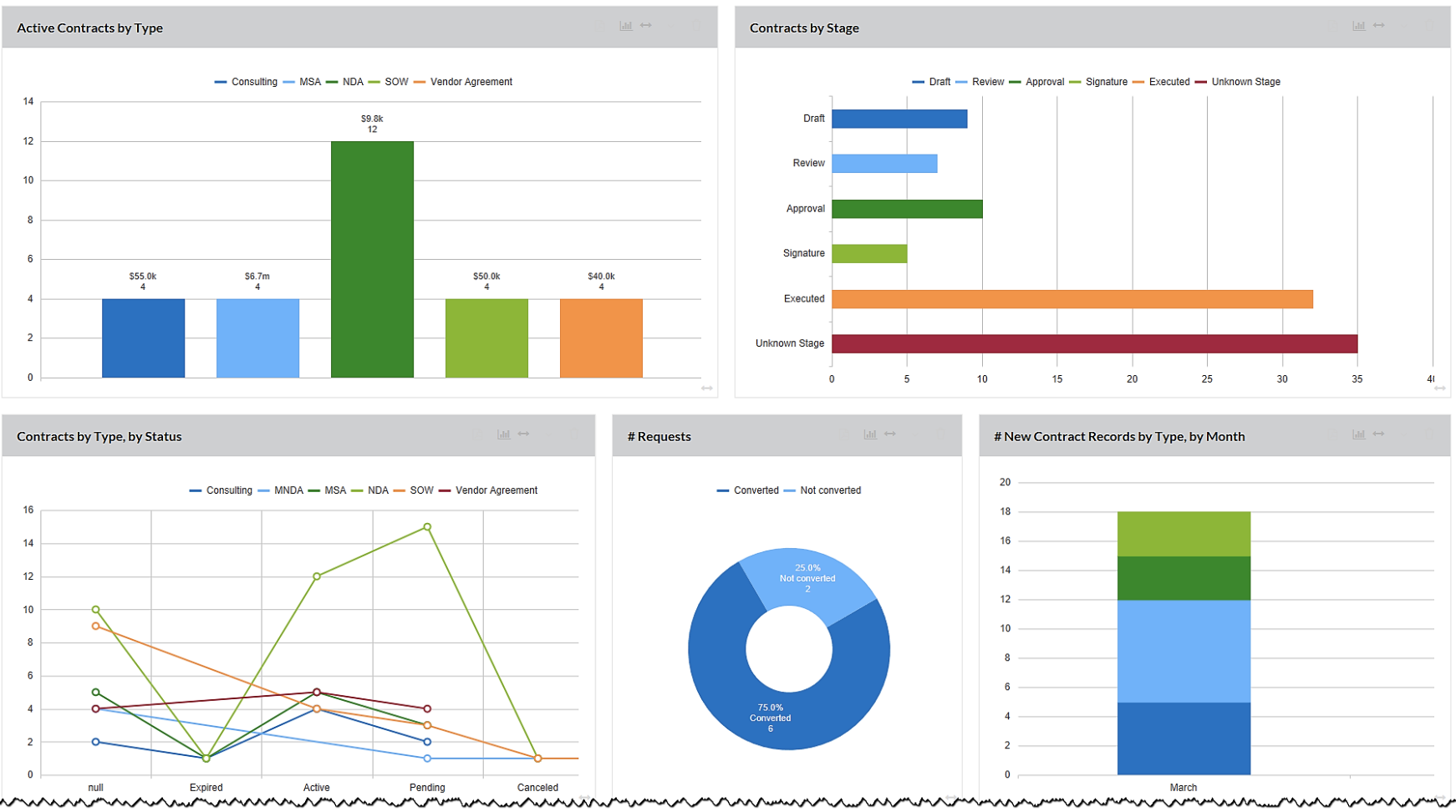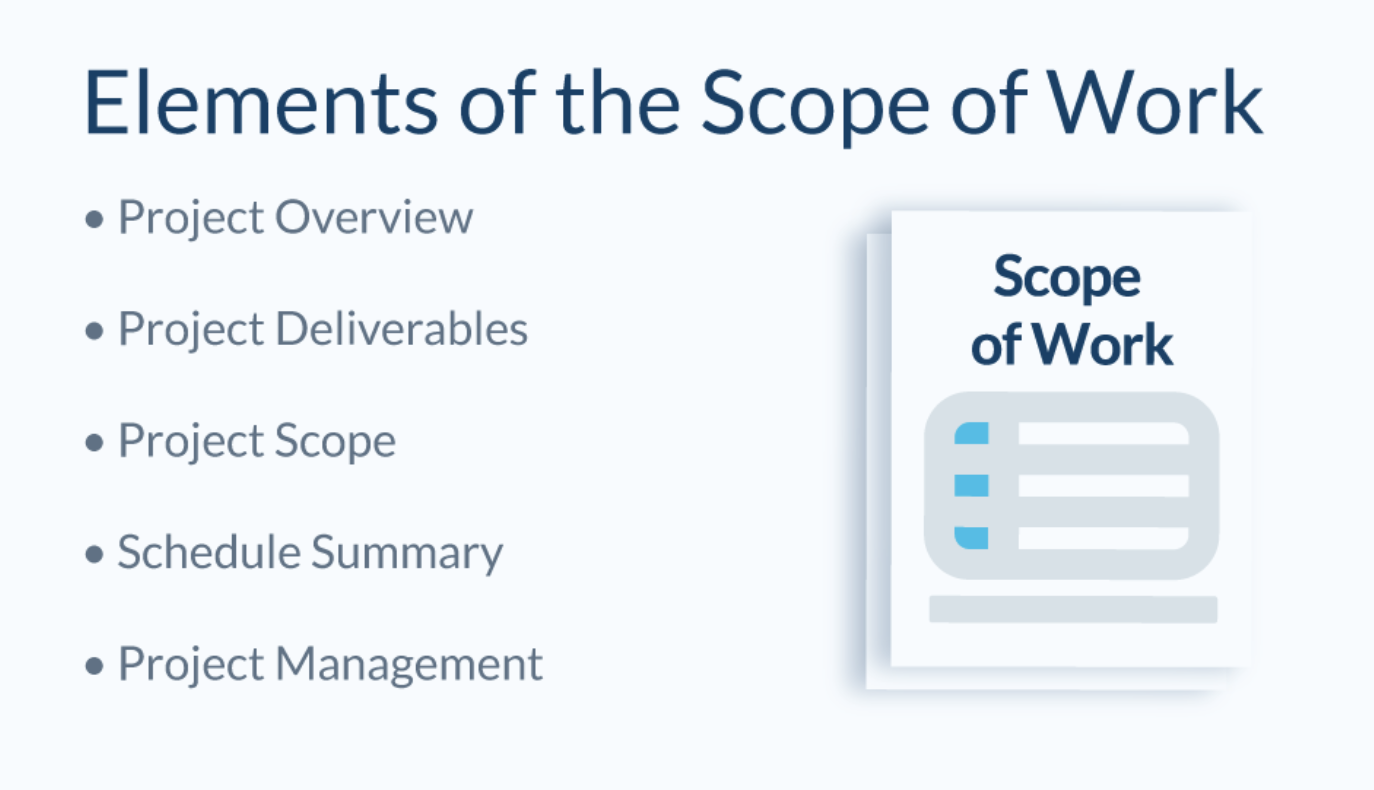How to Align Your Contract Management Goals with Organizational Goals
Jan 31st, 2024
Contract management is a necessary function in most businesses with direct influence on organizations’ operational efficiency and their ability to meet strategic objectives. Contract management goals such as tracking contract milestones and expiration dates ensure timely actions and avoid missed deadlines, which has direct implications for maintaining strong stakeholder relationships and legal compliance.
Aligning contracts with organizational goals requires assessing contract performance with the same metrics as overall business goals and objectives. This alignment ensures accountability and clarity, thereby driving the achievement of desired outcomes in projects and partnerships. It requires a detailed Scope of Work (SOW), a well-defined timeline, and measurable performance indicators to monitor and evaluate adherence to the contract terms and the progression toward organizational goals.
Additionally, this alignment process facilitates performance management and helps mitigate risk by enabling proactive issue resolution and compliance with financial regulations. In turn, this process contributes to enhanced decision-making and cost management, thereby realizing organizational goals through effective contract management. This guide provides a step-by-step outline for aligning contracts and organizational goals.
Key Takeaways
- Effective contract management aligns with organizational goals, enhancing operational efficiency and achieving strategic objectives.
- Regular contract reviews and stakeholder engagement are crucial for maintaining dynamic alignment with evolving business goals.
- Incorporating performance metrics and flexible clauses in contracts ensures adaptability and strategic alignment over time.
😉 Bonus: Check out our 10 Best Practices for Contract Management
9 Steps for Aligning Contract Management Goals with Organizational Goals
Follow these steps to get your contracts in step with your organization’s broader goals.
-
Integrate Performance Metrics

To align contracts with organizational goals, businesses should integrate relevant performance metrics into contract terms. For instance, if a company’s objective is to enhance customer satisfaction, contract clauses should include specific Service-Level Agreements (SLAs) related to customer support response times.
Recent studies show that companies’ adoption of technologies like contract management software with automated metric reporting tracks with a 33% increase — from 60% to 79.2% — in spending-on-contract. This figure underscores the importance of measurable benchmarks in contracts that mirror the key performance indicators (KPIs) used to track the company’s strategic objectives.
-
Establish Regular Review Cycles
You can ensure contract management goals remain in sync with evolving business goals through quarterly reviews assessing contracts’ contribution to strategic priorities, such as market expansion or product innovation.
In these sessions, teams should discuss the contracts’ current performance, any changes in business direction, and adjustments required to the contract to maintain alignment. This practice ensures that contracts are dynamic tools adaptable to the organization’s changing landscape.
-
Encourage Stakeholder Engagement
Involve representatives from different departments – such as Finance, Legal, and Operations – to contribute insights into how the contract can support the respective departmental and overall business objectives. By fostering cross-functional collaboration, businesses can ensure that contracts are comprehensive and aligned with the multifaceted nature of organizational goals, leading to cohesive and strategic contract management.
-
Create a Detailed Scope of Work

Image Source: https://www.levelset.com/blog/scope-of-work/
To align contracts with organizational goals, it’s essential to have a detailed Scope of Work. The scope should define and enumerate all:
- Deliverables
- Project milestones
- Responsibilities for each party involved
A thorough scope can mitigate risk such as regulatory non-compliance and uncontrolled contract changes. A well-articulated scope also supports risk management across contract stages from start-up to close-out.
-
Include Outcome-Based Incentives
Outcome-based incentives can be a powerful motivator for achieving desired outcomes. Recent studies indicate both financial and non-financial incentives can greatly increase energy and excitement across an organization, encouraging discretionary efforts that align with contract and organization-level goals.
Structuring incentives around clear, measurable outcomes can boost performance and contribute to achieving strategic objectives, as they directly link rewards to the accomplishment of specific contract management goals.
-
Draft Flexible Adjustment Clauses
Contracts must use flexible adjustment clauses to adapt to strategic shifts and market changes. By anticipating the need for modifications, these clauses enable timely updates to the contract terms without the need for extensive – and expensive – renegotiations.
This adaptability is crucial for maintaining alignment with business strategies that evolve. Such flexibility in contracts can lead to cost savings in future negotiations, as it allows for easier adjustments to changing business needs.
-
Implement Communication Protocols
Effective communication protocols are critical for contract alignment with organizational goals. They should provide for:
- Regular status updates
- Clear escalation paths for issues
- Predefined communication channels for members of different teams and departments
These protocols help ensure that all contract parties stay informed, and collaborative efforts are streamlined toward the shared objectives.
-
Use Compliance-Focused Provisions
Contracts must include compliance-focused provisions that ensure all parties adhere to relevant laws and regulations, so they align with organizational compliance goals. These provisions safeguard against legal disputes, protecting the organization’s financial and reputational interests.
Establishing clear guidelines to ensure compliance within contracts can prevent legal penalties and enhance operational efficiency by ensuring that contractual terms are in line with regulatory standards.
-
State Termination Clauses With Clarity
Incorporate clear termination clauses in contracts to delineate under what circumstances parties can conclude existing agreements. This includes specifying conditions such as:
- Breach of contract
- Fulfillment of obligations
- Mutual agreement
A well-defined termination clause ensures all parties understand the implications of ending the contract and the required procedures, thus aligning with organizational strategies for risk management and operational flexibility. Having a structured approach to potential contract cessation minimizes legal risk and clarifies post-termination responsibilities like settlement, asset return, or handling of ongoing services.
Streamline Contract Performance in Your Organization With Contract Logix
With Contract Logix, discover a platform designed for ease, offering a comprehensive suite of tools for secure, efficient, and compliant contract handling. Contract Logix delivers the advantage of a data-driven system equipped with automated reminders and AI-assisted Data Extraction, empowering your teams to operate effectively. Optimize your contract management processes and see how Contract Logix can support your business needs.
To learn more and request a demo, visit Contract Logix today.
Looking for more articles about Contract Management? Check out our previous article “Business Contracts and an Act of God“.
Navigate CLM Success With Contract Logix
Download our Data Extraction Product Brief to learn how you can begin to navigate CLM success by automating the hard work using artificial intelligence with one of the best Contract Management Software’s on the market today


